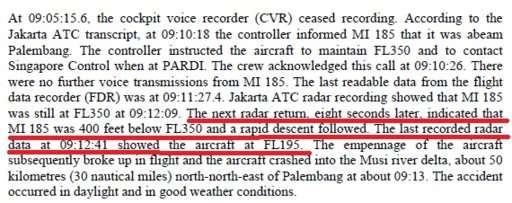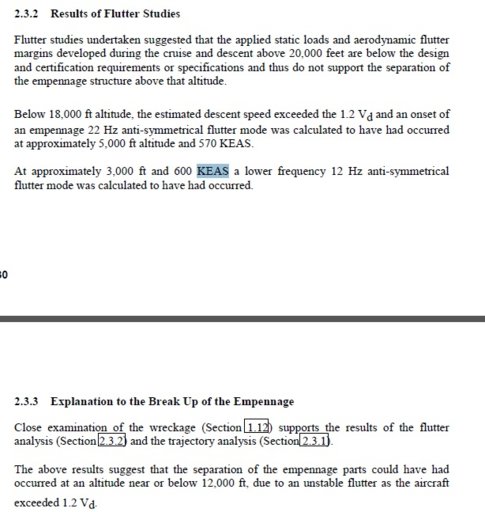But then there is another problem with the engines... they are tuned to operate at max performance at certain altitudes and because you have 3X the mass flow rate coming in the engine then the bypass duct will have to dump the excess air, if it cannot then your compression ratios, air-to-fuel ratios etc. will be off. If this happens you are going to have some feedback issues between the compressor and the turbine. So, there are all sorts of issues with not only the Drag but also whether the engines could handle the excess air mass flow. The engine is likely to cut-off if you can't maintain the proper compression and expansion ratios. [/quoet]
Arrant nonsense. Turbine engines generate a constant compression ratio and it is volumetric - you compress a volume of air regardless of its density. Designers are perfectly aware of drag and the like, and "compression and expansion ratios" are determined by the physical size of the air path and the power being generated by the compressors.
whoever you copied this from has no idea how a jet engine works, and you shuoldlnot repeat "information" you do not understand.
I've only had one class on jet propulsion....
You could at least have paid attention in it then!

.....and haven't done the calculations on this example but we did do calculations on scenarios where altitudes were changed but nothing as drastic as trying to drop to 1,000 ft and maintain 500 mph+. I wanted to do this a few years back but never got around to it.
Did it ever occur to you in your scenario design that you could dive to 1000 feet to increase speed?
As my focus is in aerodynamics I have a much bigger problem with the lack of the tip and bound vortex during impact.
more meaningless drivel.
P.S. I do not believe any 757 hit WTC.
that would probably be because both aircraft were Boeing 767's -why am I not surprised by your error??!!



If anything I think they were probably something like the JASSM missile painted-up like planes. These claims of "millions of people saw the planes hit" are speculation and the amateur videos taken that day have been shown to be fakes.
ther are over 100 amateur videos - can you provide some actual evidence to support your claim that they are all fakes?
What I believe happened is that the CG images of a plane was over-lapped onto real (some suspect CG) footage of WTC and aired as LIVE broadcast. I do not accept holograms or remote control, etc. They simply hijacked the airwaves - all of the big news stations were airing the same footage and doing reports from the same location. So, all of the info stream was being centrally controlled.
and how about some actual evidene of "central control" of the media, and also of the eye witnesses on the ground, the pilots in the air that were nearly hit by the errant aircraft, the air traffic controlelrs who monitored its transpoonder, and the survivors of the dead passengers and crew?





 27.0% (53)
27.0% (53)